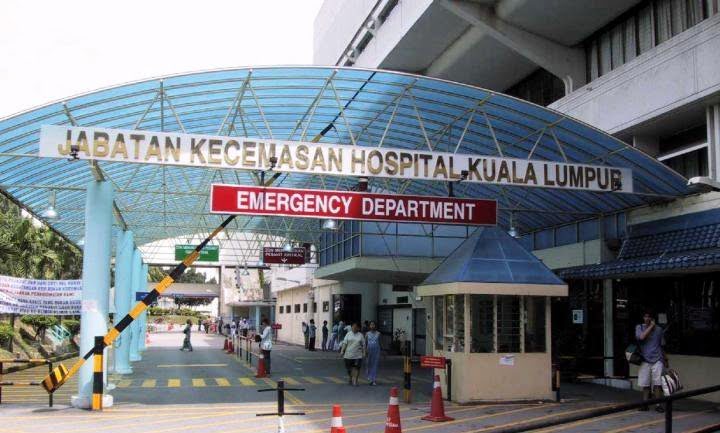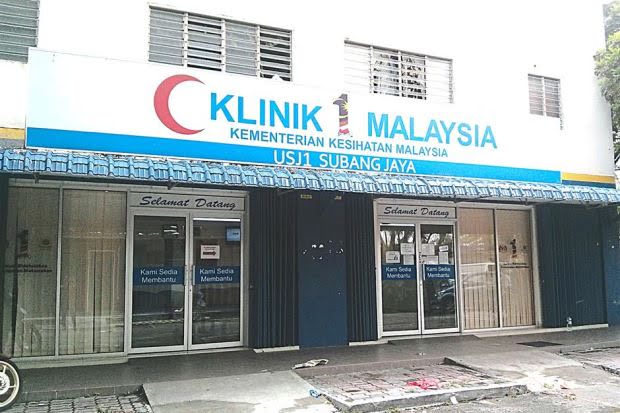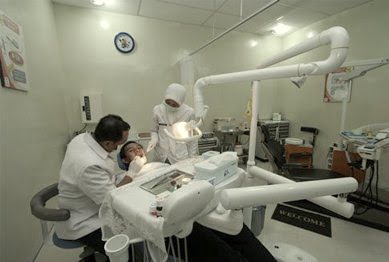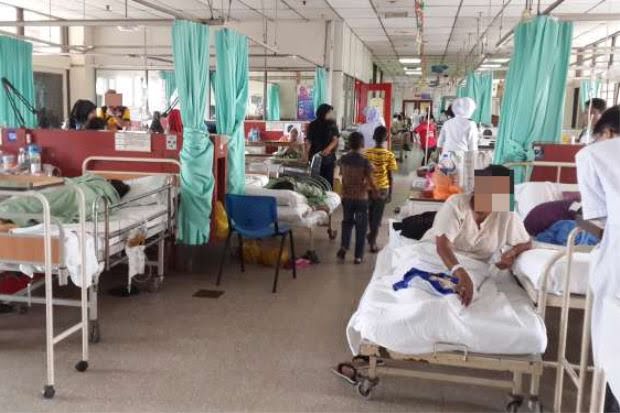
In a matter of weeks, Malaysians will mark the end of the fasting month and greet the Hari Raya festivities with the usual balik kampung sojourn.
It’s a time to catch up with family and friends, flash that baju raya and indulge in a hearty meal of lemangand rendang.
But it is also a time of heightened financial spending. Online sales are expected to surge upward by at least 50% throughout this year’s Raya month, according to digital marketplace 11street.my
Electronics, home gadgets and clothing are sought-after items while demand for car services and road safety-related items are expected to rise, it added.
Now, while we don’t mind a little splurging in the name of festivities, money is no respecter of times and seasons – you’ll just have to use it wisely.
Here are three things you should avoid doing this Raya at all costs:
1. Buying a new set of wheels
By this we don’t mean new tyres, which you should change if they are worn out or have past the expiry date.
For Malaysians a car is more than moving from Point A to Point B – it’s a status symbol. But there’s a more sobering reality: one of four bankruptcy cases in the country are due to the purchase of vehicles.
The Insolvency Department revealed that 27.94% or about 28,374 bankruptcy cases between 2011 and 2015 fell into this category.
Now we know that purchasing a car in Malaysia is easy: all you need is some basic documentation, a low down payment and approved hire purchase loan.
Heck, these days there are many financing programmes empowering consumers to own an upmarket auto through a seemingly reasonable monthly repayment.
But there are many financial pitfalls – from fuel to servicing to road tax and insurance – when it comes to car ownership and we are not just talking about depreciate rates and loan interest rates.
2. Drawing out a personal loan
The World Bank last year discovered that only 36% of Malaysians are financially literate.
Such illiteracy is filled with dire consequences: bankruptcy. Actually besides car loans, many Malaysians are bankrupt due to personal loans.
Personal loans, just like credit cards, exist for a reason. With good intentions, you could finance a pet project or even consolidate and pay down debt.

But you can definitely use a personal loan for a wider range of intentions such as vacations, home renovations, weddings and even big ticket items such as a new surround sound system for your home.
If showboating is what you have in mind, think again. Under the revised bankruptcy laws, the threshold for debt has been increased to from RM30,000 to RM50,000.
Banks are offering personal loans these days up to RM150,000 and you could be swayed into drawing out a loan in the name of a Raya upgrade. But committing to those monthly repayments though…
3. Maxing out your credit card
It being the festivities and all, splurging a little on that baju raya is okay. But swiping that plastic for a Prada tote bag or Jimmy Choo pumps or an iPhone? And don’t get us started with shelling out hundreds for jars of kuih raya.
The Asian Institute of Finance found that 47% of young Malaysians are engaged in expensive credit card borrowing.
It found their debt woes were the result of impulse-buying behaviour coupled with easy access to, well, personal loans and credit card financing.
A credit line is helpful if moments where you truly need cash and by this we mean more serious reasons than compulsive shopping.
When used properly, a credit card helps you save, whether it is in the form of cashbacks or discounts and privileges. Some credit cards even offer seasonal treats including festivities such as Hari Raya.
Not being prompt on your monthly payments or skipping payments altogether can lead to dire straits and you are looking at anywhere from incurring late payment charges to a black mark on your credit report to bankruptcy.
Keep things simple
Spend if you can afford to. The joy of Hari Raya or any festivity is to actually indulge in the company of others.
The customary duit raya handed to friends and family, particularly children, and the open houses all embrace the spirit of living in community.
In fact, you don’t need to sell your kidneys to look good during Raya – discounts aplenty and you can surely snag an affordable baju raya.
Financial prudence is timeless but so is debt. Remember that an abuse of credit has long-term consequences and if you are not prepared to promptly pay it down, not even your brand new baju rayacan help you in that department.







